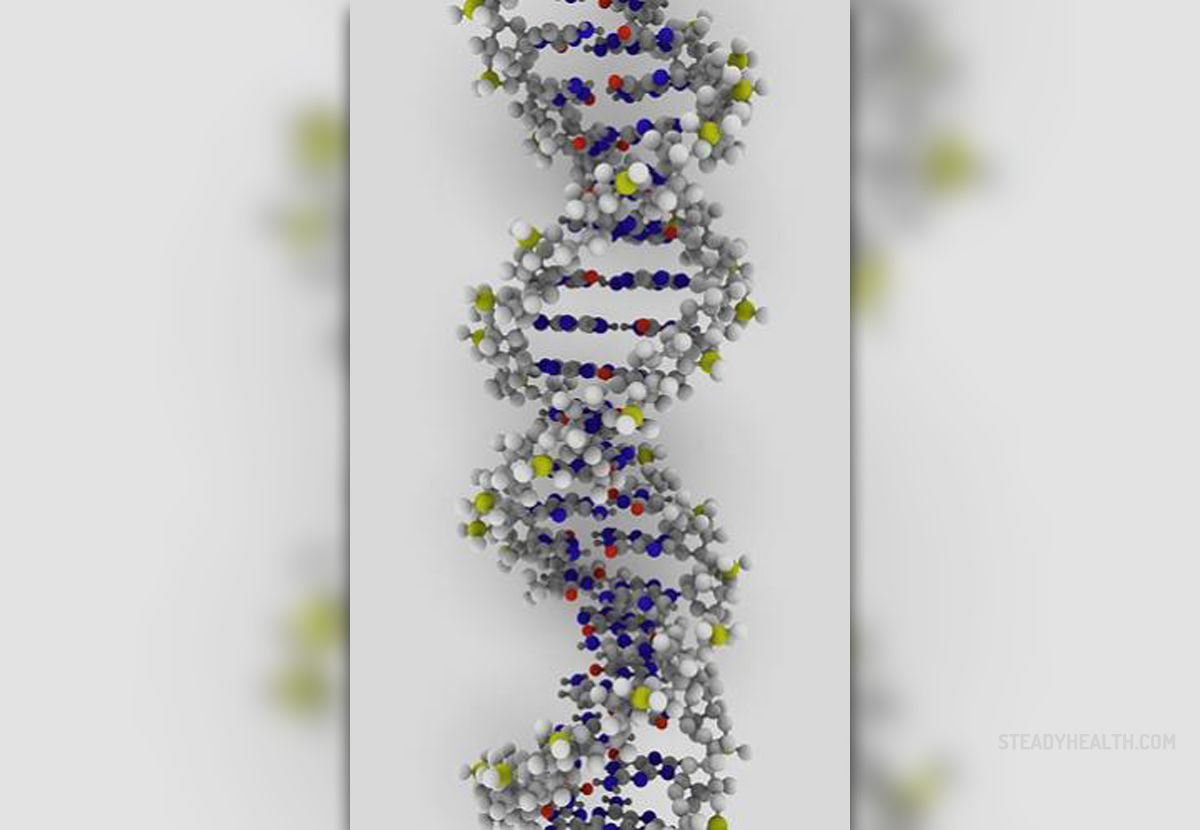
Forensic science is the application of a broad spectrum of methods to answer questions of interest to a legal system. One of the well know methods that forensic scientists use in the hunt for criminals, is mitochondrial DNA testing. Mitochondria are actually energy packets of the cells, and the only organelle, besides the nucleus, to contain DNA. Moreover, there is a difference between nucleus and mitochondrial DNA. In nucleus, half of the genetic material is inherited from father and half from the mother, while mitochondrial DNA is completely inherited from mother.
What are Mitochondria?
Mitochondria are membrane-enclosed organelle found in most eukaryotic cells. They have somewhere about 0.5 - 10 micrometers in diameter. Mitochondria are also known as “cellular power plants” since they generate most of the cell’s supply of adenosine triphosphate, used as a source of chemical energy. Moreover, mitochondria participate in a great number of cellular processes such as signaling, cellular differentiation, cell cycle, growth and death. The human mitochondrial genome is a circular DNA molecule of about 16 kilobases, which encodes different 37 genes. One mitochondrion can contain two to ten copies of its DNA. The mitochondrial DNA molecule is very small, comprising only 16, 569 base pairs.
Mitochondrial DNA Forensic Science
Forensic science uses DNA samples and maintain their integrity for use in court if ever needed to prove a link between a victim and a criminal. DNA samples are normally obtained from the crime scene, and later scanned to identify the victim. The process is also known as DNA fingerprinting.
Mitochondrial DNA testing method is especially advantageous for forensic experts, as it provides hundreds of mitochondria in each cell and therefore many copies of mitochondrial genes. In the nucleus, there are only two versions of each gene inside. The copy number in the mitochondria ranges from hundreds to thousands. This analysis is especially helpful in cases with very old biological samples, for example, from aged and degraded samples of hair, bones and teeth. Normally there would not be enough quality nuclear DNA for analysis in these materials, but DNA obtained from mitochondria can provide valuable DNA fingerprints.
The only bad point with mitochondrial DNA testing in forensic science is that genetic material inside mitochondria is inherited down the maternal line. This means that many different individuals may share the same DNA sequences. Mitochondrial DNA fingerprint is not an unique identifier and it is possible to have a couple of persons with same genetic sequence.


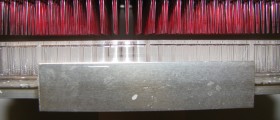
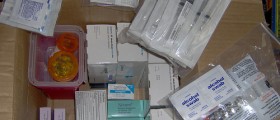
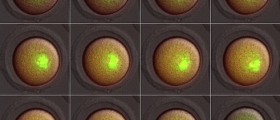


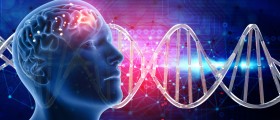
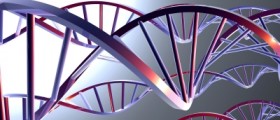







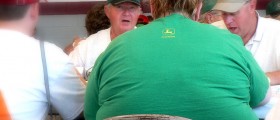
Your thoughts on this
Loading...